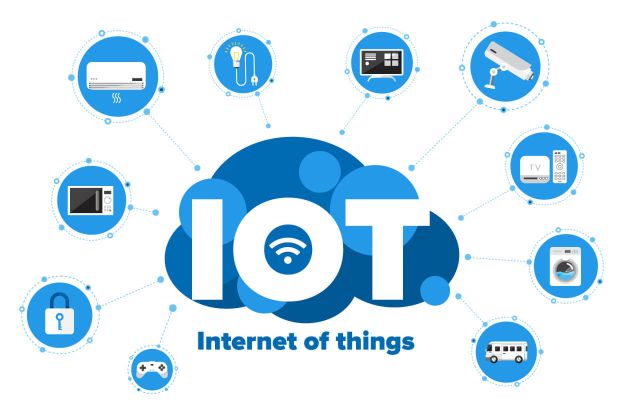Introduction
With the rapid advancement of technology, IoT has emerged as a transformative force in various sectors. The concept revolves around the interconnection of everyday objects, enabling them to send and receive data, exchange information, and perform tasks autonomously. IoT has made it possible to create a smart and interconnected environment, where devices seamlessly collaborate to enhance efficiency, convenience, and productivity.
The proliferation of IoT devices has opened up new horizons for innovation. From smart homes that can be controlled remotely to wearable fitness trackers that monitor our health, IoT is integrating technology seamlessly into our lives. The potential applications of IoT are boundless, ranging from healthcare, transportation, and agriculture to energy management, manufacturing, and beyond.
IoT in Everyday Life
IoT has transformed the way we interact with everyday objects. Smart home devices, such as voice-activated assistants and connected thermostats, provide us with greater control and convenience. Imagine adjusting the temperature of your home while driving back from work or having your coffee ready when you wake up in the morningall thanks to IoT.
Wearable devices, another facet of IoT, have gained popularity in recent years. Fitness trackers, smartwatches, and health monitors collect data about our physical activities, sleep patterns, and vital signs. This valuable information can help us make informed decisions about our well-being and lead healthier lives.
IoT in Industries and Smart Cities

IoT is revolutionizing industries, bringing efficiency and automation to previously cumbersome processes. In manufacturing, IoT-enabled sensors and robotics optimize production lines, monitor equipment performance, and enable predictive maintenance, reducing downtime and costs.
Smart cities leverage IoT technology to enhance the quality of life for residents. Intelligent traffic management systems analyze real-time data to optimize traffic flow, reduce congestion, and minimize environmental impact. Energy-efficient smart grid systems intelligently distribute resources based on demand, reducing waste and promoting sustainability. Smart healthcare systems utilize IoT devices to remotely monitor patients, enabling timely interventions and personalized care.
Conclusion
The Internet of Things (IoT) has ushered in a new era of connectivity, bringing forth endless possibilities for innovation and convenience. From our homes to our cities, IoT technology is shaping the way we live, work, and interact with our environment. However, as we embrace the benefits of IoT, we must also address the security and privacy challenges associated with this interconnected landscape. By implementing robust security measures and enacting policies that safeguard user data, we can ensure a safer and more reliable IoT ecosystem.

